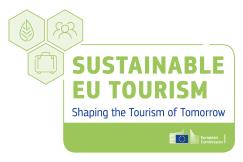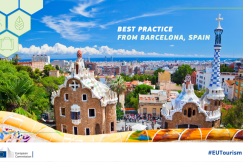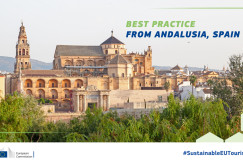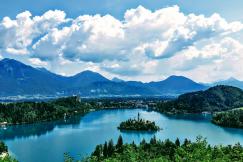Best practices
25 June 2025
Sustainable EU Tourism project - best practice: Bled
Best practices
25 June 2025
Cultural tourism
Ecotourism
Mountain tourism
+9 more
Login / create an account to be able to react
-
8
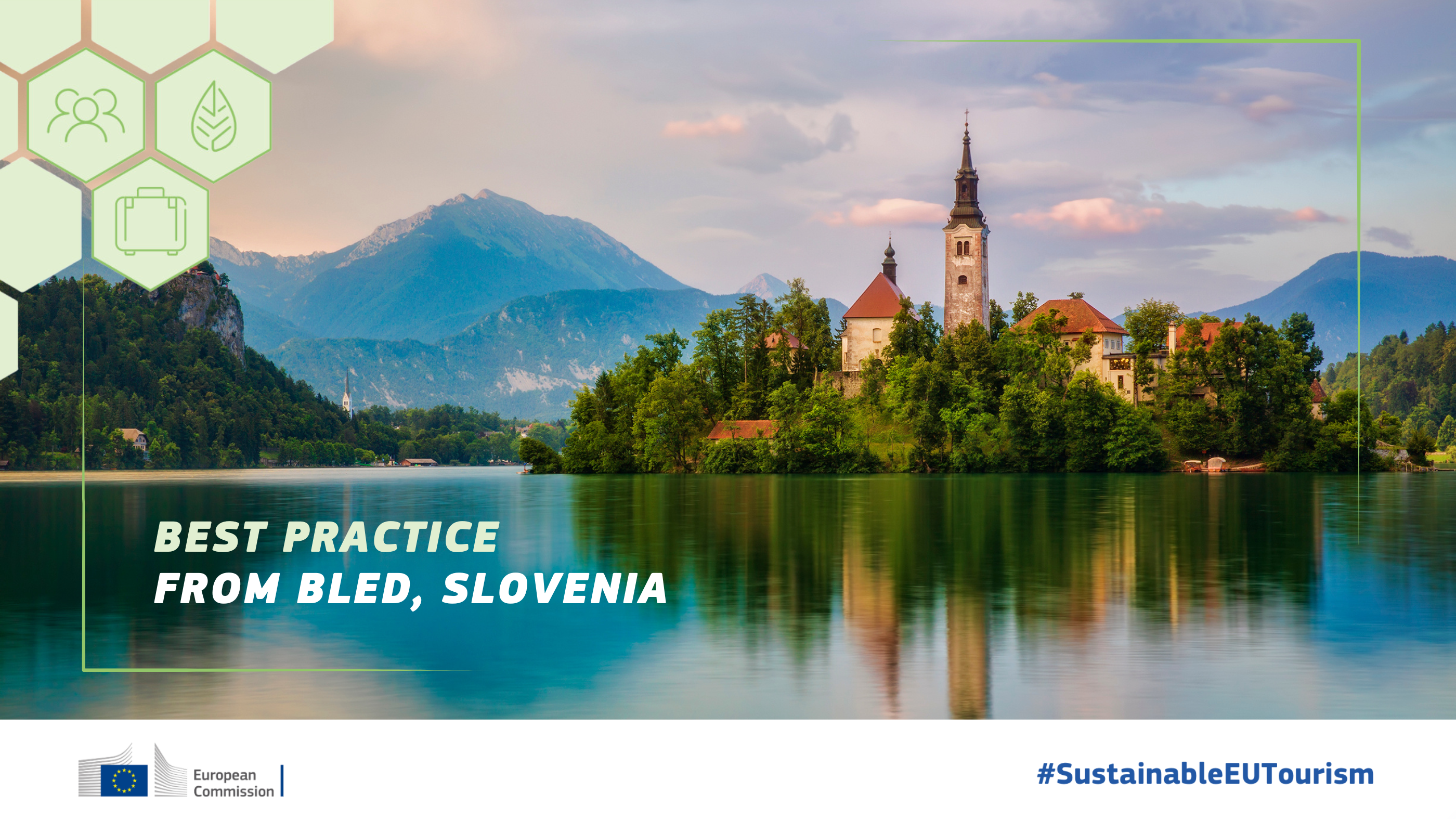
Bled, Slovenia, located within the UNESCO Julian Alps Biosphere Reserve, has emerged as a leading example of sustainable tourism through its innovative zero-waste strategy and eco-mobility initiatives. In response to increasing tourist pressure and environmental degradation, the municipality implemented a comprehensive sustainability strategy involving waste reduction, eco-mobility, and strong community engagement. These efforts have positioned Bled as the EU’s first zero-waste municipality and a model for green tourism.
Topics
Slovenia
Destination Management & Marketing Organisations
Industry Associations and Chambers of Commerce
Local Authorities
-
Specific types of tourism
-
-
Cultural tourism
-
Ecotourism
-
Mountain tourism
-
Rural tourism
-
-
Transition Pathway Strategic Areas
-
-
Best practices, peer learning and networking
-
Circularity of tourism services
-
Governance of tourism destinations
-
Sustainable mobility
-
Tourism strategies
-
Well-being of residents
-
-
Business activities
-
-
Activities of associations and other organisations supporting tourism
-
Other
-
Share
Bled, Slovenia, has been recognised as a best practice by the Sustainable EU Tourism project for its pioneering approach to sustainable tourism. Nestled in the Julian Alps and part of a UNESCO Biosphere Reserve, Bled faced increasing environmental pressures due to a sharp rise in tourism. In response, the municipality, in collaboration with the Bled Tourism Board and local stakeholders, launched a comprehensive sustainability strategy (2018–2025) focused on zero-waste management and eco-mobility.
Key initiatives included the installation of smart waste bins and public water fountains, as well as the opening of a zero-waste store and reuse centre. The “Ask me I'm local” campaign empowered residents to educate visitors on sustainable practices. Bled also improved its transport infrastructure by offering free public transport, enhancing cycling and walking routes, and designating specific lake bathing areas to protect natural habitats.
These efforts were supported by strong community involvement, educational outreach to schools, and effective promotional campaigns. The strategy not only reduced waste and traffic but also fostered community cohesion and positioned Bled as a green destination.
This best practice is important because it demonstrates how a small rural destination can lead in sustainability through inclusive governance, innovative waste and mobility solutions, and strong community engagement. It highlights the replicability of such models across Europe, especially in nature-sensitive areas facing similar challenges.
For more details on the key challenges the destination has faced and the solutions implemented to address them, please refer to the attached document.
#Destination management #Sustainable tourism #Community engagement #Stakeholder engagement #Zero-waste initiatives #Mobility #Public transportation #Cycling tourism #Walking paths #Sustainable destinations #Responsible travel #Innovation in tourism
Documents
Comments (0)
Related content
See also
-
14
Sustainable EU Tourism - Key challenges and best practices
- Categories
- Coastal, maritime and inland water tourism Cultural tourism Ecotourism +64 more
-
6
Funding opportunities in Slovenia
- Categories
- Coastal, maritime and inland water tourism Cultural tourism Ecotourism +64 more
-
16
Complete the Survey on the Tourism Transition Pathway and EU Agenda 2030!
- Categories
- Coastal, maritime and inland water tourism Cultural tourism Ecotourism +64 more


